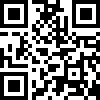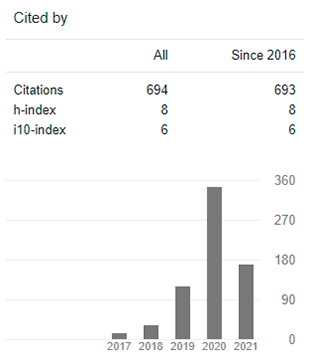Training Teachers through the Platform E-Learning as a tool for Collaborative Learning
DOI:
https://doi.org/10.29394/Scientific.issn.2542-2987.2019.4.13.18.335-345Keywords:
microteaching, multimedia instruction, online information system, online learningAbstract
This essay seeks to demonstrate an analysis that aims to describe teacher training through the e-learning platform as a tool for collaborative learning, which is conceived from the educational technology tools that allow them to develop in university educational environments that lead to the production and transmission of knowledge and that are the new resources presented in the training, cited in the world declaration of the twentieth century. Methodologically, it is oriented from an interpretative approach based on the qualitative perspective, developed under a critical review of referential sources, used as a search technique that establishes the intention of the inquiry, and is supported by the connectivism theory proposed by Siemens (2005); and Downes (2005) about e-learning 2.0. By way of conclusion, the e-learning platform as a tool for collaborative learning has to offer the way in which we will approach teacher training and how we prepare ourselves through Information and Communication Technologies. Also, assume that each teacher should look for ways to obtain cognitive responsibilities forming in ICT, otherwise it will be in clear disadvantages with their students.
Downloads
References
Delors, J. (1996). Los cuatro pilares de la educación, en La Educación encierra un tesoro. Informe a la UNESCO de la Comisión internacional sobre la educación para el siglo XXI. Madrid, España: Santillana/UNESCO, págs. 91-103. Recuperado de: https://uom.uib.cat/digitalAssets/221/221918_9.pdf
Downes, S. (2005). E-learning 2.0. United States: eLearn magazine. Recuperado de: https://elearnmag.acm.org/featured.cfm?aid=1104968
Salinas, J. (2004). Innovación docente y uso de las TIC en la enseñanza universitaria. Revista de Universidad y Sociedad del Conocimiento RUSC, 1(1), 1-16, e-ISSN: 1698-580X. Recuperado de: http://rusc.uoc.edu/rusc/ca/index.php/rusc/article/download/v1n1-salinas/228-1150-2-PB.pdf
Siemens, G. (2005). Connectivism: A Learning Theory for the Digital Age. International Journal of Instructional Technology & Distance Learning, 2(1), e-ISSN: 1550-6908. Recuperado de: http://www.itdl.org/journal/jan_05/article01.htm
UNESCO (2005). Formación docente y las tecnologías de información y comunicación. Estudios de casos en Bolivia, Chile, Colombia, Ecuador, México, Panamá, Paraguay y Perú. ISBN: 956-8302-40-9. Chile: AMF Imprenta. Recuperado de: https://www.oei.es/
UNESCO (1998). La Educación superior en el siglo XXI, visión y acción: documento de trabajo. Documento de Trabajo. ED.98/CONF.202/5, ED.98/CONF.202/CLD.23, 75 págs. Paris, Francia: Conferencia Mundial sobre la Educación Superior en el siglo XXI: Visión y acción. Recuperado de: https://unesdoc.unesco.org/ark:/48223/pf0000113602_spa
Downloads
Published
How to Cite
Issue
Section
License
Copyright (c) 2019 INDTEC, C.A.

This work is licensed under a Creative Commons Attribution-NonCommercial-ShareAlike 4.0 International License.
The content of the journals of this site, are under a Creative Commons Attribution-Noncommercial-Share Alike 4.0 International License.













